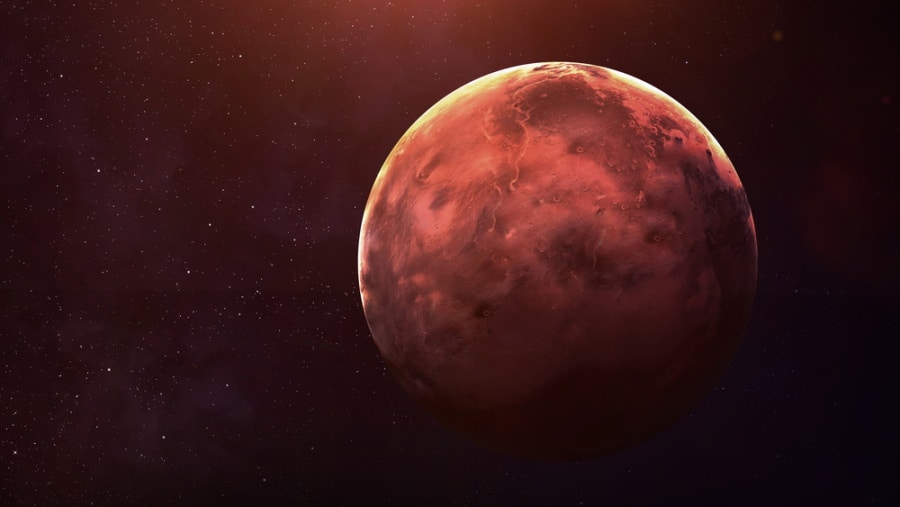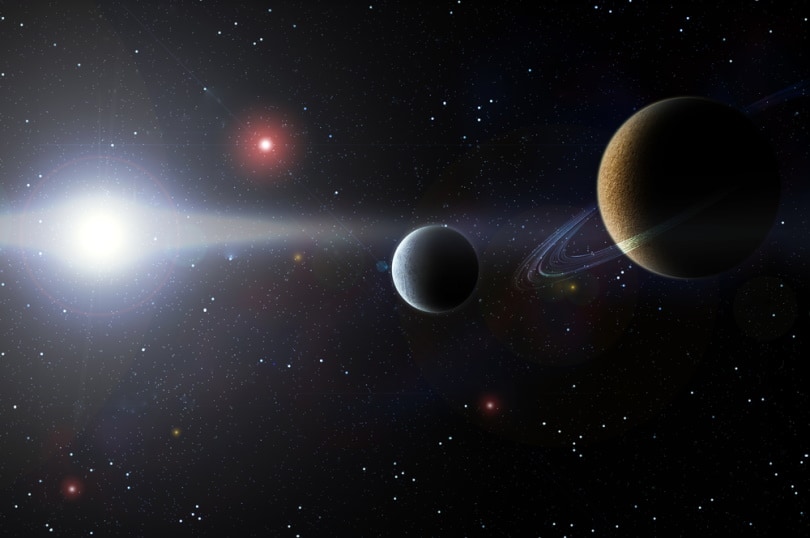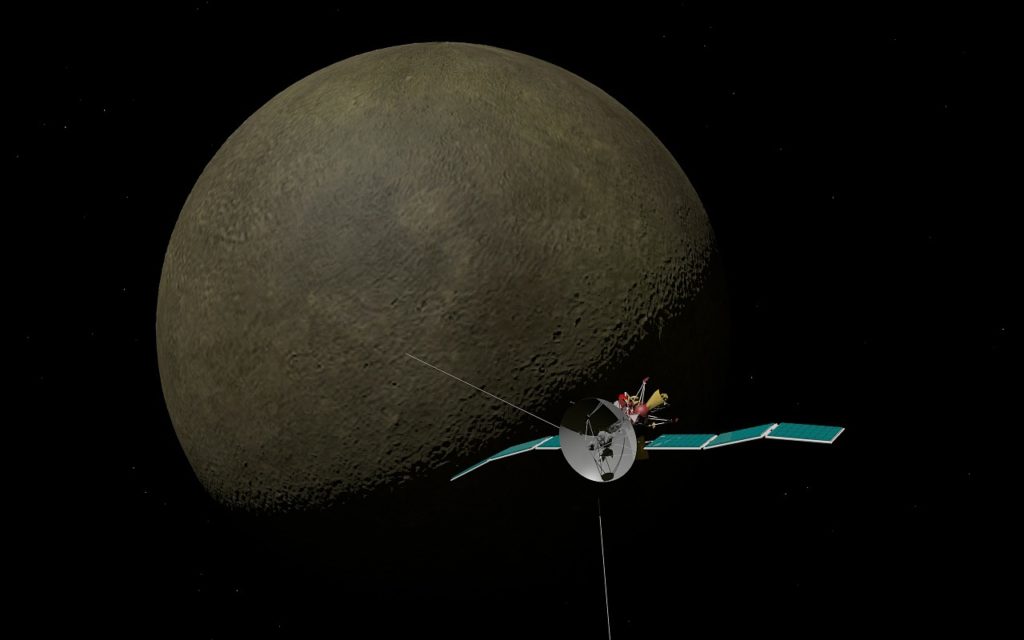How Did Mercury Get Its Name? What You Need To Know
Last Updated on

Mercury is the closest planet to the sun and the smallest one, too. It’s just a bit bigger than our Moon, while it has none of its own. Recent evidence has shown that it is even closer to us than Venus. Depending on its orbit, its distance is between 48–138 million miles. It has a mean velocity of 105,946 miles per hour, making it the fastest in the galaxy.
Mercury is an amazing planet full of secrets we have yet to discover. But how did this planet get its name? It was actually named after a Roman god thousands of years ago.

Naming Celestial Bodies
Ancient people undoubtedly knew of the existence of otherworldly objects, and they likely named them, too. Mercury is visible as a star in the evening sky during mid-spring. You can see it in the morning at the beginning of October. Its bright light gives its location away. As a general rule of thumb, planets are brighter than stars.
A standardized method of naming celestial bodies is vital to science. The United Nation’s International Astronomical Union (IAU) took up this challenge with its formation in 1919 and subsequent inaugural meeting in 1922. Fortunately, the task wasn’t as daunting as it may have seemed. Many of the names were already in place. Giving them official status was a formality.

The Meaning Behind Mercury’s Name
Like many of the planets, Mercury’s name comes from mythology with the Roman god Mercurius. The name is appropriate, given that he was the messenger of the gods. Speed was an asset of his. Mercury served other functions, too, including travel and communication. These traits fall in line with it being the fastest planet.
Mercury’s year is only 88 days long compared to our 365-day year. It moves at a blistering speed of 29 miles per second. It was also formed at the same time as the Earth, about 4.5 billion years ago. However, it wasn’t until 1631 that Galileo first observed it through a telescope.

More Facts About Mercury
Mercury is a terrestrial planet, along with Mars, Earth, and Venus. Speculations exist on whether it could support life, especially considering its distance from our planet. Of course, temperature presents a barrier, with fluctuations between -290℉–800℉. UV radiation from the sun is also a mitigating factor.
However, analysis of the imagery of this planet has revealed surprising evidence. Researchers concluded that hospitable conditions may have existed on Mercury, even if just for short periods. Furthermore, ice may have existed at its poles. Bear in mind that its surface is similar to that of the Moon, where scientists have found similar compelling evidence.
Of course, exploration of the planet hasn’t been nearly as extensive. NASA’s Mariner 10 was the first to visit Mercury, mapping just 45% of its surface. Later, flybys and a proposed 2026 mission promise to reveal more about this planet.


Conclusion
Mercury is a fascinating planet with many secrets it has yet to share. Although it’s similar in size to our Moon, it differs in many ways. The first observations by Galileo Galilei and Thomas Harriott in 1631 opened up a galaxy of possibilities with so much more to learn about this beautiful and mysterious planet.
Featured Image Credit: Vadim Sadovski, Shutterstock
About the Author Chris Dinesen Rogers
Chris has been writing since 2009 on a variety of topics. Her motto with all of her writing is “science-based writing nurtured by education and critical thinking.” Chris specializes in science topics and has a special love for health and environmental topics, and animals of all shapes and sizes.
Related Articles:
How to Collimate Binoculars: 9 Expert Tips
How to Clean a Refractor Telescope: Step-by-Step Guide
How to Clean a Telescope Eyepiece: Step-by-Step Guide
How to Clean a Rifle Scope: 8 Expert Tips
Can You Use Binoculars to Look At Stars? How to Choose the Right Pair
How to Choose Binoculars for Bird Watching: 10 Expert Tips
15 Crucial Facts About Ultraviolet Rays & the Sun
What Constellation Is Spica In? The Interesting Answer!
